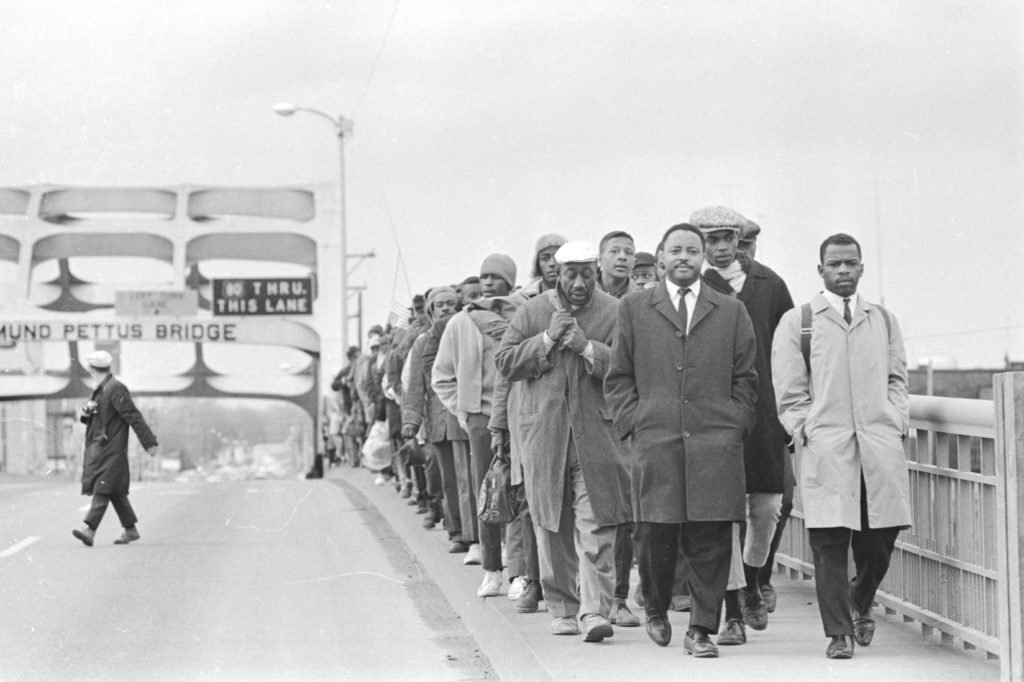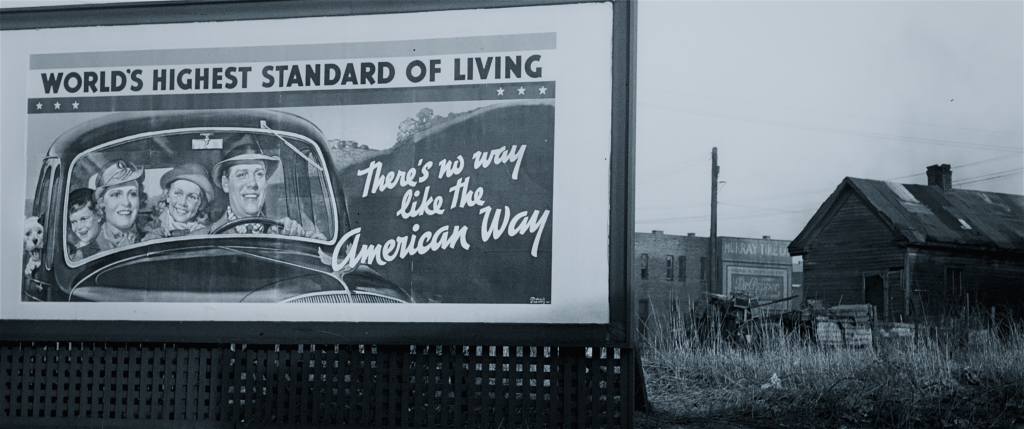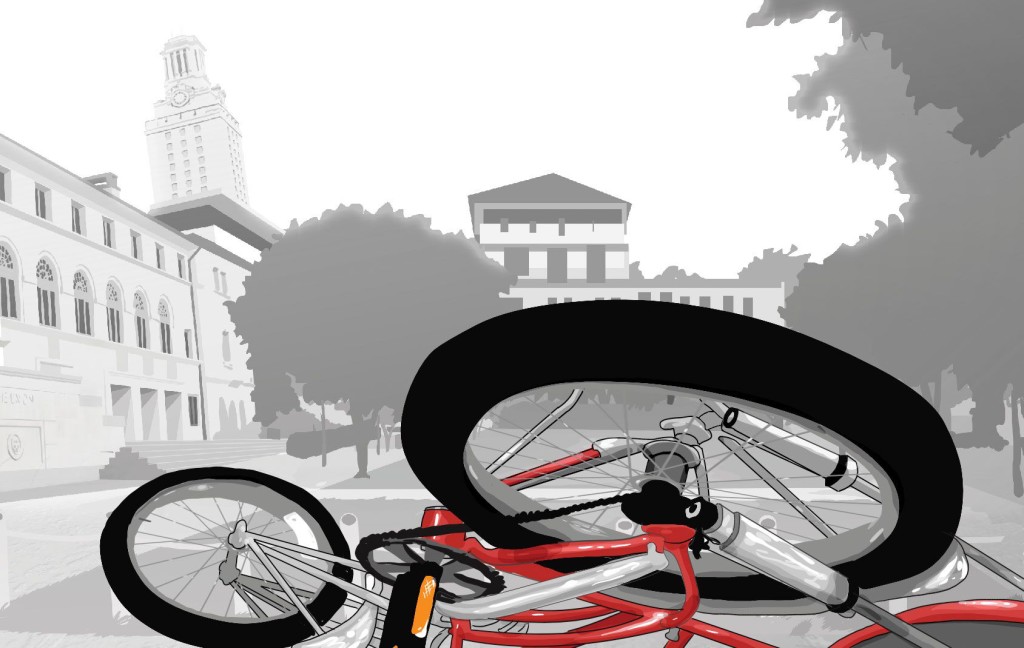
The documentary John Lewis: Good Trouble traces the life of civil rights icon, US Representative John Lewis. I usually don’t buy reverential biodocs, but when the subject is a freaking saint, I guess you have to go with it. The rest of the title comes from Lewis’ mantra – if you see injustice, make good trouble, necessary trouble.
John Lewis, of course, is a real American hero. As a very young man in 1965, he had been leading efforts to register Blacks to vote in Selma, Alabama, including a peaceful march to the State Capitol in Montgomery. On March 7, 1965, the march got as far as the Edmund Pettus Bridge on the outskirts of Selma when they were attached by local law enforcement and Ku Klux Klan members under the command of Sheriff Jim Clark. Lewis was in the very first rank and was beaten, shedding his own blood on “Bloody Sunday”. Two subsequent marches on the bridge and the LBJ speech that followed led directly to the Voting Rights Act of 1964, the most important civil rights legislation since 1867.
In John Lewis: Good Trouble, we see footage from the Edmund Pettus Bridge. We see a young John Lewis being beaten in 1965, and we see an elderly Lewis in an anniversary march with President Barack Obama and former Presidents Bill Clinton and George W. Bush.
John Lewis: Good Trouble is well-sourced by director Dawn Porter, even though only a few of Lewis’ contemporaries survive. When the first Black president was elected, Lewis says he wept for JFK, RFK, Dr. King and the others who hadn’t lived to see it. Fortunately, Lewis has sisters sill alive who participate in the documentary.
We get an inside glimpse at Lewis’ childhood. We get to see Lewis watching footage of himself at a pivotal Nashville sit-in that he had “never seen”. And, this intimate portrait shows us some dry Lewis humor and some impressive octogenarian dance moves.
How did Lewis get to Congress? John Lewis: Good Trouble shows us the race against his longtime friend and fellow Civil Rights icon Julian Bond. My day job is in politics, and I understand that, to win, you have to do what you have to do to win; others may find this episode bracing and unsettling.
John Lewis: Good Trouble is an insightful view of a man and of a critical point in American history. You can stream it on Amazon, iTunes, Vudu, YouTube and Google Play.




